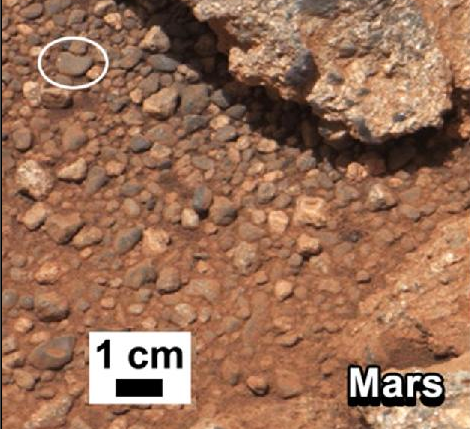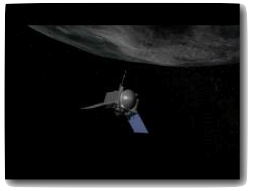The moment when a telescope first opens its doors represents the culmination of years of work and planning — while simultaneously laying the groundwork for a wealth of research and answers yet to come. It is a moment of excitement and perhaps even a little uncertainty. On July 17, 2013, the international team of scientists and engineers who supported and built NASA’s Interface Region Imaging Spectrograph, or IRIS, all lived through that moment. As the spacecraft orbited around Earth, the door of the telescope opened to view the mysterious lowest layers of the sun’s atmosphere and the results thus far are nothing short of amazing. The data is crisp and clear, showing unprecedented detail of this little-observed region.
To read more about IRIS and see images of the sun’s atmosphere, visit: https://www.nasa.gov/content/goddard/iris-telescope-first-glimpse-of-suns-mysterious-atmosphere/index.html#.Ufa_zYXTovQ
This story is a great extension to the NASA Explorer Schools featured lesson, Geometry: Space Math Problems—Solar Storms. To access this lesson, visit the NES Virtual Campus at: http://explorerschools.nasa.gov.


 NASA’s first mission to sample an asteroid is moving ahead into development and testing in preparation for its launch in 2016.
NASA’s first mission to sample an asteroid is moving ahead into development and testing in preparation for its launch in 2016.